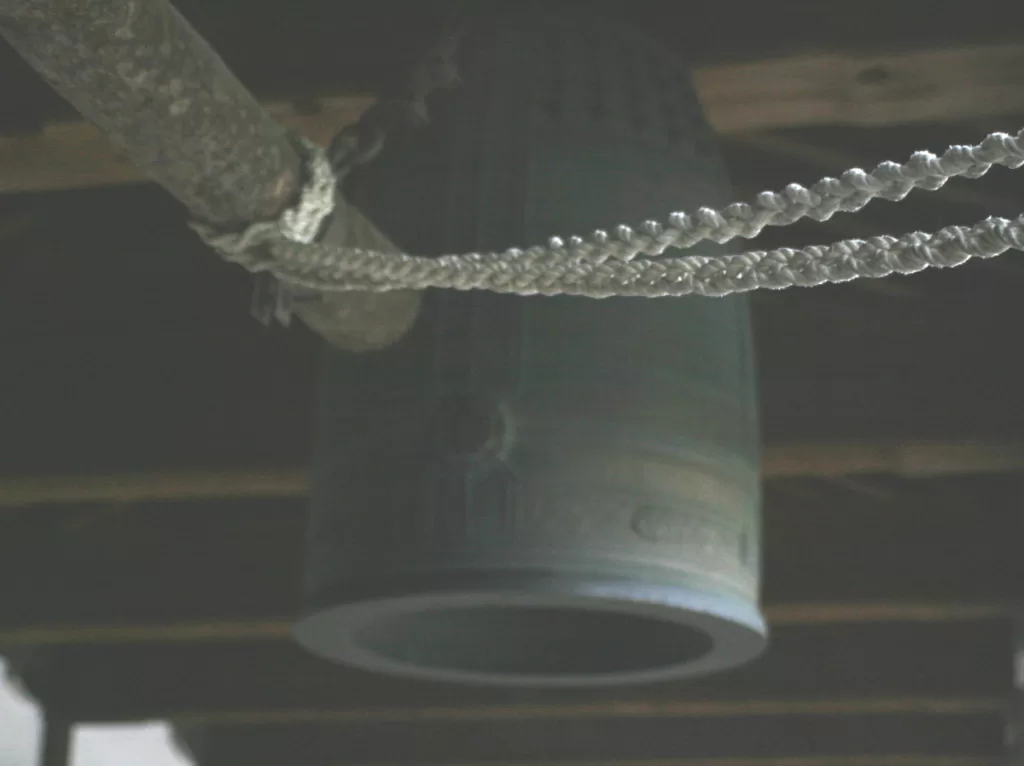Joya-no-kane (Bell Ringing on New Year’s Eve) in Kyoto

Aiding in New Year’s Purification: The Significance of Ringing the Bell 108 Times
Joya-no-Kane, a Buddhist custom in Japan, involves ringing a temple bell 108 times at midnight on New Year’s Eve. According to Buddhist beliefs, this ritual symbolizes purification for the upcoming year by shedding the 108 earthly desires that afflict the human heart. These desires accumulate over the past year and are swept away by each toll of the bell.
In accordance with ancient traditions, the bell is rung 107 times on December 31, and one more time just after midnight, as we transition into the New Year. This act signifies bridging one year to the next. As believed, as the bell tolls its final ring -the 108th time-, participants are cleansed of their worries and problems from the past year.
Experiencing Kyoto’s Most Noteworthy Joya no Kane Event at Chion-in Temple
Amongst all temples in Japan, one standout location for experiencing this event is in Kyoto. Every year on December 31st, the annual Joya no Kane event held at Chion-in Temple, one of Japan’s key Buddhist monuments becomes a popular locale amongst locals and tourists alike. It’s definitely one of the most awaited Kyoto events in December.
The main attraction is Chion-in’s massive temple bell – known as Daibonsho. Standing over 3 meters tall and weighing 70 tons, it is not only famous for its size but also its historical significance. Dating back to 1636, it is recognized as an important cultural artefact. Interestingly, this giant bell requires a team of seventeen monks to ring it!
When participating in this tradition at Chion-in Temple, visitors are treated to an exhibition of harmony and teamwork between the monks who use their full body weight to swing a massive log-like clanger into the bell. This creates a resounding gong which echoes throughout the vicinity — a sound often described as one of ‘the most beautiful winter sounds in Kyoto’.

Joining in the Joya-no-Kane Ceremony
Ringing in New Year’s with such pomp isn’t just restricted to monks; many temples allow visitors to join in ringing the bells themselves. This widely anticipated activity attracts hordes of participants that sometimes results in more than 108 tolls during the ritual.
Show up early if you want to participate – tickets are usually distributed upon arrival, and spots can fill up quickly due to its increasing popularity! Remember to stick around afterward for warm drinks like sake or amazake served at some temples.
Other Locations Hosting Joya-no-Kane
While Chion-in holds a reputation for being Kyoto’s largest temple bell, other temples like Todaiji Temple in Nara are also known for their gigantic bells requiring combined efforts of multiple monks to deliver the resounding gongs.
Festivities aren’t confined solely within temple grounds either. After visiting Chion-In Temple, many people prefer continuing celebrations by walking down to nearby Maruyama Park or making their way on foot amidst throngs of revelers towards Yasaka Shrine—located conveniently north of Maruyama Park in Kyoto’s Higashiyama District.
Mark your calendar for December 31st and start your New Year journey with this authentic Japanese Buddhist tradition—spectating or partaking wouldn’t matter as long as you’re there cherishing this age-old ceremony under chilly winter skies surrounded by historical architecture.
Another amazing event in December in Kyoto is Shimai Kōbō. If you want to experience the rich cultural tradition of Kyoto while indulging in a shopping extravaganza, don’t miss this event. Held on December 21st at the grounds of Toji Temple, this flea market is a vibrant tribute to the revered Buddhist priest Kōbō Daishi.